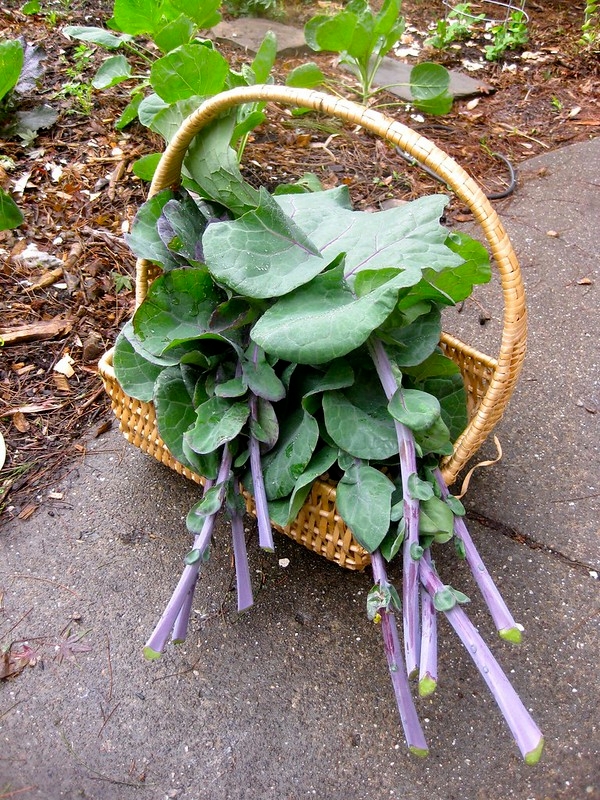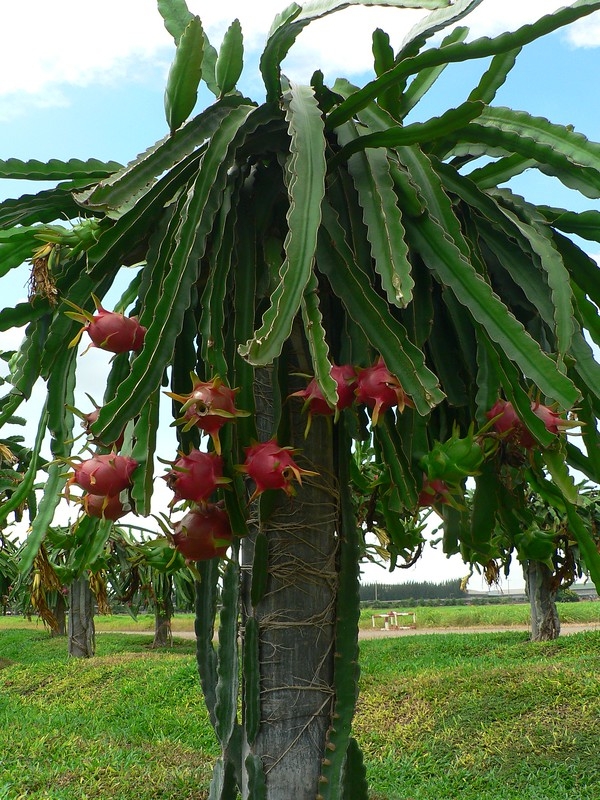I didn't blog all summer because life has been busy with doctor appointments for various members of my family—nothing serious, just maintenance. As one gets older, a lot of maintenance is needed. I also had a milestone birthday in the summer. It takes a lot of energy and time to celebrate. We also lost Goldie, our 10-year-old hen, in a skirmish with a cat. So sad.
The heat, the endless hot summer days, kept me indoors most of the days except to check that the garden had not turned into a desert.
So, what's been going on in the garden?
The tree collards are growing leaps and bounds since we started having cooler nights and some cool days. I noticed that they don't grow much during the hot 100-degree days, but as soon as the day temperatures go down, up it grows — time to trim some leaves and branches and share with friends.
I moved the dragonfruit growing outside my window because it was burning from the 100-degree summer temperatures. It is now getting some dappled afternoon light from the Persimmon tree while it grows steadily against the chicken run. I have yet to see any flowers.
A couple of weeks ago, one of our newbie Master Gardeners told me about a dragonfruit he's growing. It has a beautiful white flower and he's trying to pollinate it but has not had any success. I realized that I didn't not know much about this plant beyond the fact that it's in the Cactus (Cactaceae) family and it needs trellis support.
I learned that the plant we know as dragonfruit belongs to two different genera: Stenocereus and Selenicereus (formerly Hylocereus).
I also learned that one type is the self-pollinating, meaning the female and male parts needed to create fruit are on the same plant (monecious). The other type of plant has either male or female flowers on the a plant (dioecious). Two different plants are needed in order get fruit from it.
I got my plant from a friend who doesn't do much with the plant beyond her husband watering it while she's on vacation; and they get fruit from it regularly.
-There is a lot of information online about this topic, but I found this site from the UC Agriculture and Natural Resources to be the most reliable. https://ucanr.edu/sites/sdsmallfarms/Pitahaya_Production_Videos_2/
The research goes on and I'll write more about it later.
Meanwhile, I'm ready to work in the garden again, as long as the day temperatures stay cool.

